Vinyl floors are an affordable flooring alternative, and they are convenient to install. However, if you want to upgrade your room, it can be difficult to remove and replace them. One of the best solutions is to just repaint them, but how effective is it? Can you change the color of the vinyl floors completely? We have researched answers for you.
Technically, it's not impossible to repaint vinyl flooring but it will not be an easy task. Vinyl surfaces make it difficult for paint or stain to adhere, so you'll need to prep the surface carefully and thoroughly to make it adhere, especially if you're staining the surface with a different color.
Painting your vinyl flooring is an easier alternative to pulling them up to replace them. However, to maintain its durability and to make sure the paint doesn't peel away, you'll need the right tools and the right method to get the job done. We will be exploring ways to improve your vinyl flooring, so keep reading below to learn more.
![Luxury vinyl floor tiles collection contractor working on renovation site by brush cleaning tools while laying each vinyl sheet on floor - Can Vinyl Flooring Be Stained [Can You Change The Color]](https://houseunderfoot.com/wp-content/uploads/2022/07/LUXURY1-1200x800.png)
What Stain Should You Use for Vinyl?
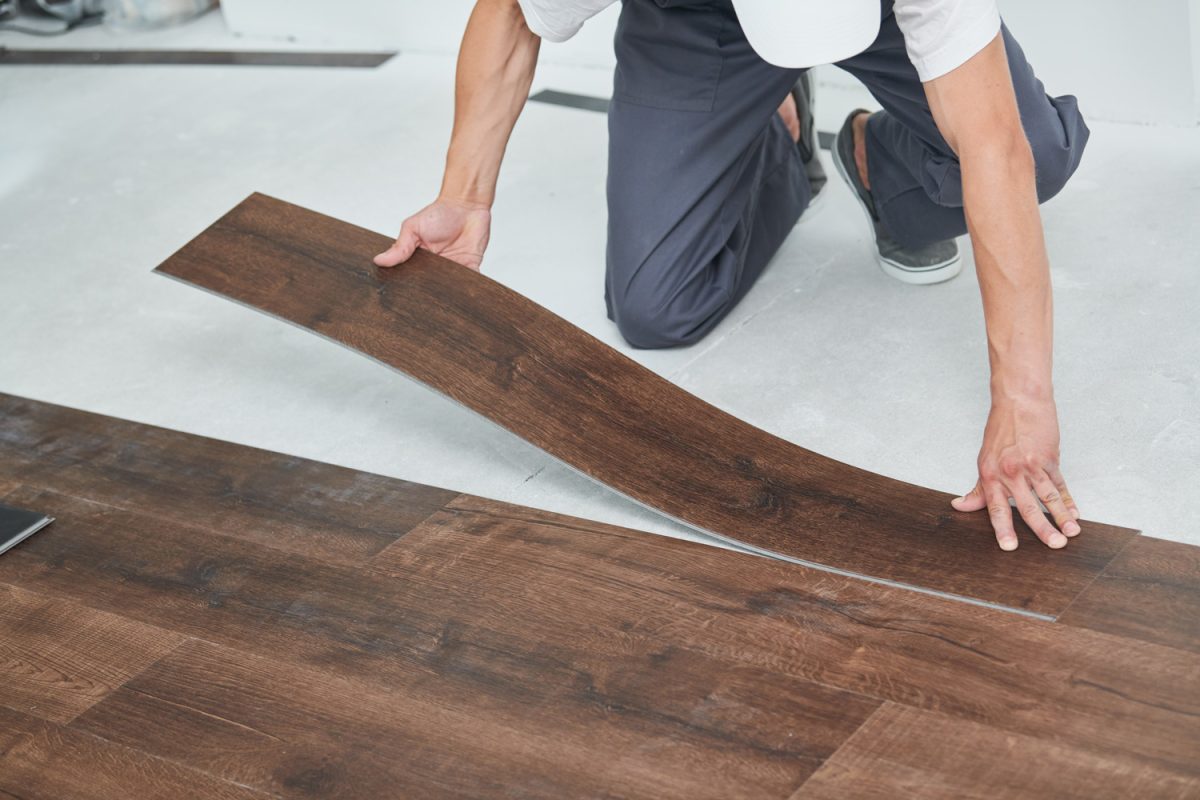
Vinyl is not porous, unlike wood, so an ordinary liquid stain may not be enough. Using a thick gel stain is a good alternative and can give your vinyl flooring the texture and color you want. Instead of penetrating the flooring, it will simply coat the surface without covering the grainy look.
Do the same process as you would when you paint vinyl flooring, we'll explain below.


How to Repaint Vinyl Flooring
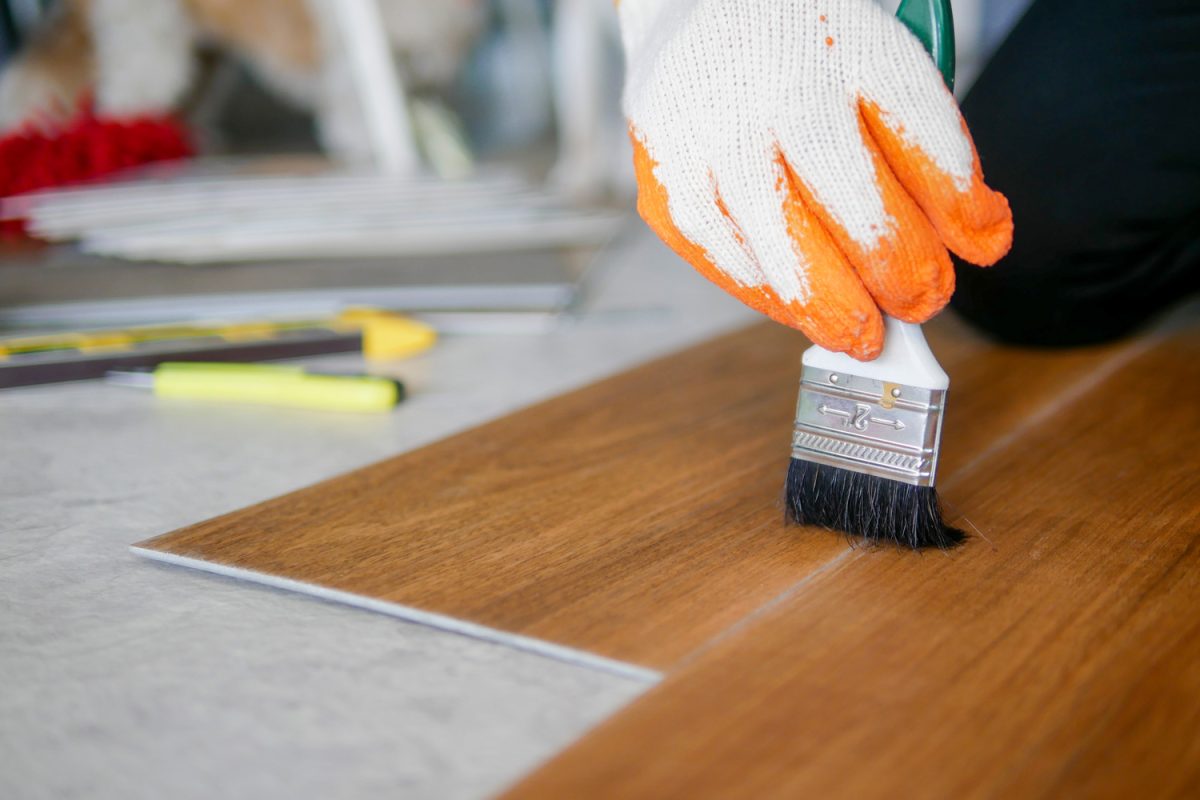
When you've decided to repaint your vinyl floors, you need to prepare the proper materials first. Make sure you have a cleaning solution, 220-grit sandpaper, paint roller, deglosser, primer, enamel floor paint, and a mixing stick. Once you have all these, you're ready to repaint your vinyl flooring.
Clear and Clean the Surface
Remove any obstructions and place your furniture in a separate room. Mix warm water with a mild detergent, and use it to scrub the floors. This will remove any debris that can prevent the paint from adhering. Wait for about 20 minutes for the surface to dry, and proceed to the next steps.
Sand the Floor
Use 220-grit sandpaper or a machine sander to strip the vinyl of the top finish. This will allow the paint to adhere to the surface and prevent peeling later on. Apply the right amount of pressure so the surface is effectively dulled. When you're satisfied with the result, remove the accumulated dust.
Prep with a Deglosser
A deglosser will strip the vinyl surface's bond with the paint to make way for the new coat of paint. This will make the paint fully adhere to the surface and prevent chipping, making your floors last longer.
An effective way to degloss your floor is to start at the back corner of the room and apply the deglosser as you head back to the front entrance.
Make sure the surface isn't sticky before you head over to the next step. The waiting time is usually 12 hours, but it could be more if the deglosser is taking a long time to harden. It is best to avoid the area while the deglosser is drying to avoid inhaling toxic fumes.
Apply Primer and Paint
Before applying paint, you should first layer the floor with a primer. Aside from enhancing the paint's adhesion, it will also make the surface smoother and more even, covering imperfections and preventing possible water damage.
After applying one layer of primer, wait for it to dry then start the first coat of paint. Tape the edges and use a hand brush to prevent paint from straying to the walls. Use a roller brush to the rest of the space for time efficiency.
Wait for the first coat to dry before applying a second coat. This could take around 6-8 hours depending on how thick the first coat is.
Is Vinyl Durable?
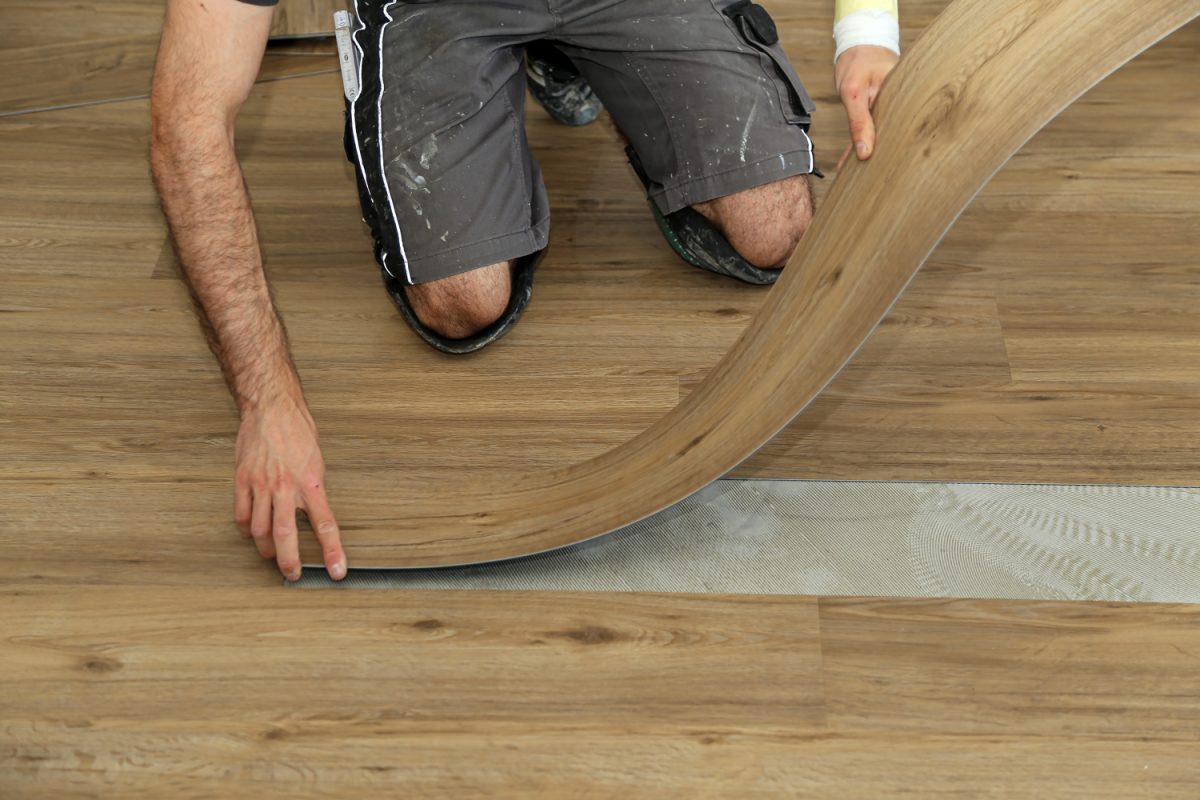
Vinyl is a durable flooring material, and it can last for up to 20 years. This is ideal to be installed in areas that experience a lot of foot traffic such as living rooms and kitchens.
This flooring is also ideal if you have pets and kids in the house since vinyl is resistant to chipping and scratching.
However, it is prone to denting, so you still need to be cautious about the amount of activity present in the house. Regular maintenance is also highly recommended for the floor to retain its durability.
Vinyl is also a non-porous material, so it is mostly water-resistant and rot-resistant. It also has a layer that prevents staining in case you accidentally spill something.
How Much does Vinyl Flooring Cost?
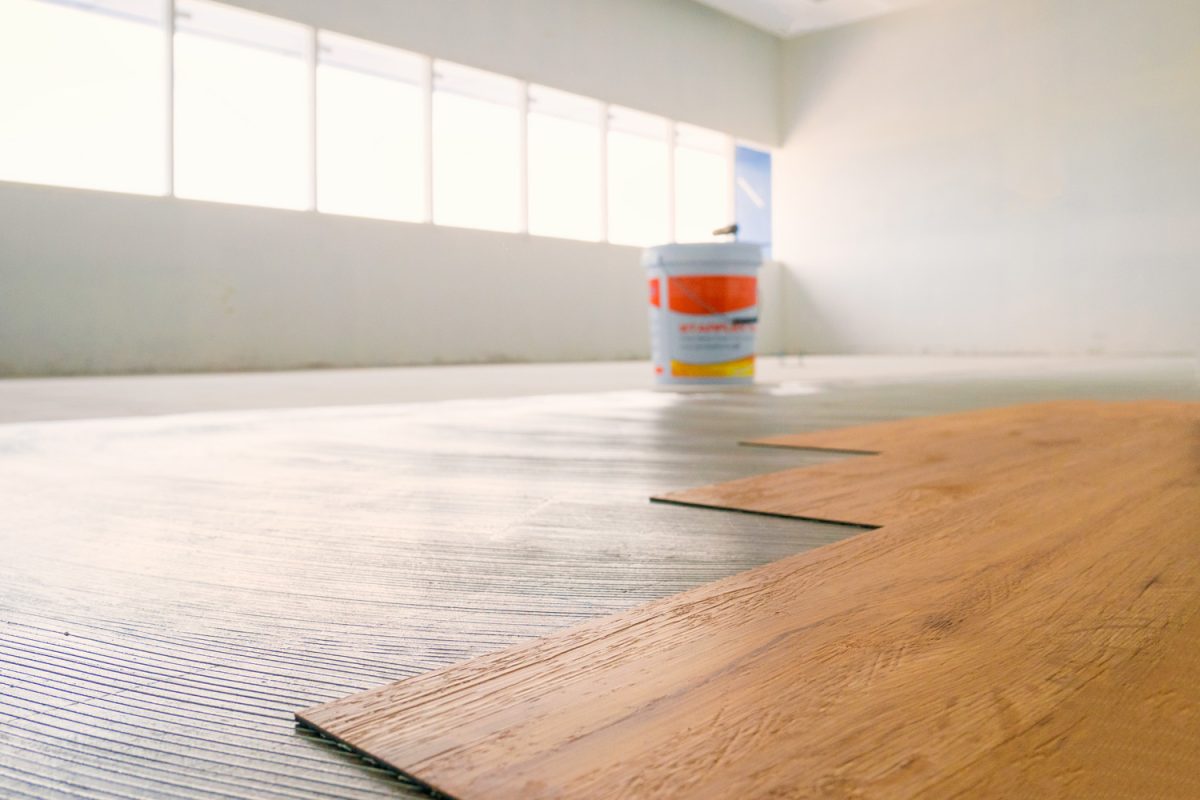
Vinyl floors cost only about $1 to $3 per square foot for sheet flooring and $2 to $3 for vinyl planks. Luxury Vinyl Planks cost slightly higher, ranging from around $4 to $10 per square foot.
Since they are relatively easy to install, you may not need to hire a contractor for them, but in case you do, you'll only have to prepare $1 to $2 per square foot--a very affordable price compared to other flooring installation labor costs.
You'll have to shell out around $600 to $1,800 depending on the size of the room.
If you're going to be installing vinyl in a room that's bigger than 200 square feet, you may need to prepare more than $2,400. Rooms ranging from 300 to 500 square feet can cost you from $3,600 to $6,000.
How to Maintain Vinyl Floors
Maintenance is key to making your flooring last longer and to making it retain its luster. Here is how you should clean and maintain your vinyl flooring.
Stick to Your Cleaning Routine
Make sure you vacuum your surfaces daily to remove dust and debris and prevent them from building up on your floor. Wipe and mop the floors at least once a week to get rid of accumulated oil and dirt. However, don't mop too often as it can dull the finish and make the paint chip.
It is better to stick to a minimal cleaning routine daily than have a deep clean every once in a while.
Clean the Stains Immediately
Vinyl floors are naturally stain-resistant, but sometimes some can be too stubborn. However, the less you wait, the more chances you have of effectively removing the stain. Spot-treating with a nylon pad and a detergent is an effective way to remove the stains.
- Spilled oil, vinegar, and lemon stains can cause discoloration. A simple wipe using a detergent can solve this immediately; just make sure you don't let it sit for too long.
- To remove ink stains, mix water with alcohol and treat and wipe the stained area using a fiber cloth.
- To remove scuff marks, press a damp cloth soaked in denatured alcohol on the affected area. Rinse with water and wipe off.
If you're not sure about using a particular solution to treat a stain, patch-test the solution on an inconspicuous area on the floor. If nothing happens, it's safe enough to be used.
Vinyl Vs. Laminate Flooring--Which is Better?
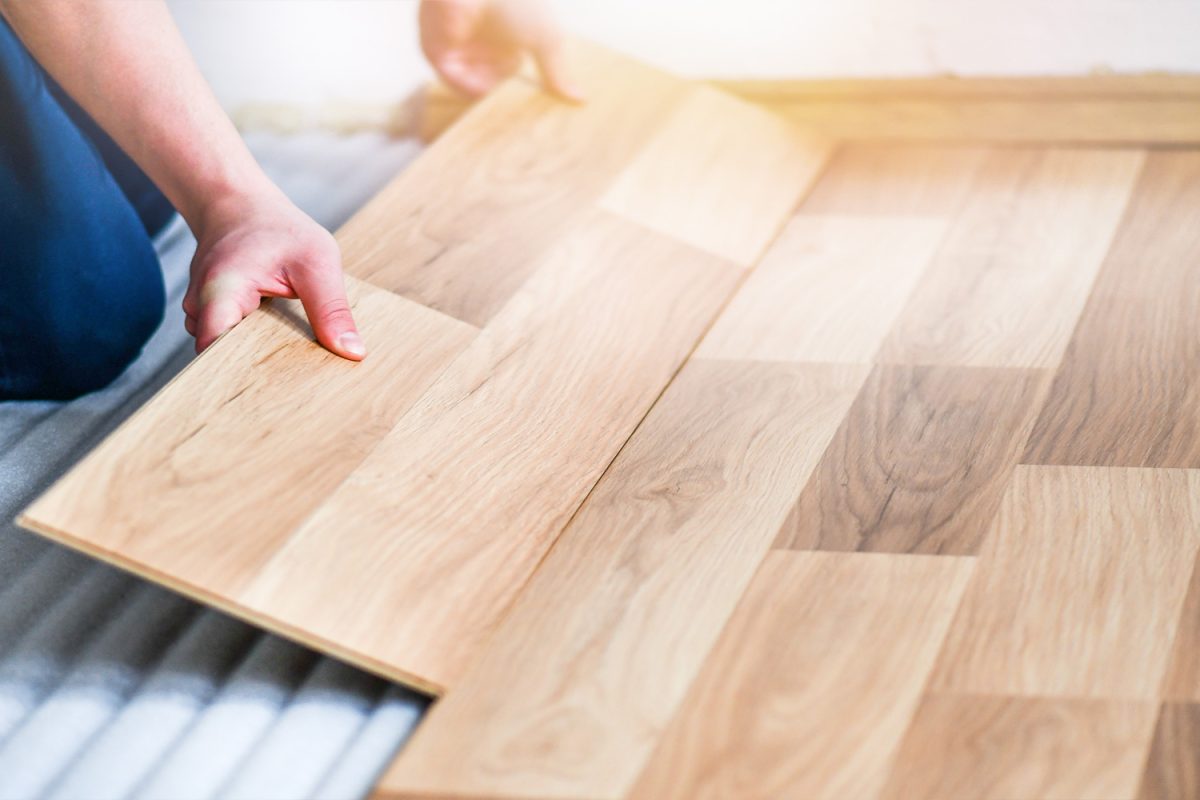
Both laminate and vinyl flooring are made of layered products. Although they have aesthetic similarities, they are different in functionality.
For example, vinyl flooring has a more waterproof quality, allowing for the use of a mop on the surface. Laminate flooring, on the other hand, is not entirely waterproof. This is because its core is made with high-density fiber, making them prone to expansion when exposed to water.
So if you're choosing between vinyl and laminate flooring for areas with relatively high humidity and exposure to liquids, vinyl is a better option than laminate flooring.
Vinyl Flooring Inspiration
Vinyl flooring can elevate your room both in form and function. They are aesthetically versatile, and they last for a long time. Here is how you can design a room with vinyl flooring.
Vinyl Flooring for Bathrooms
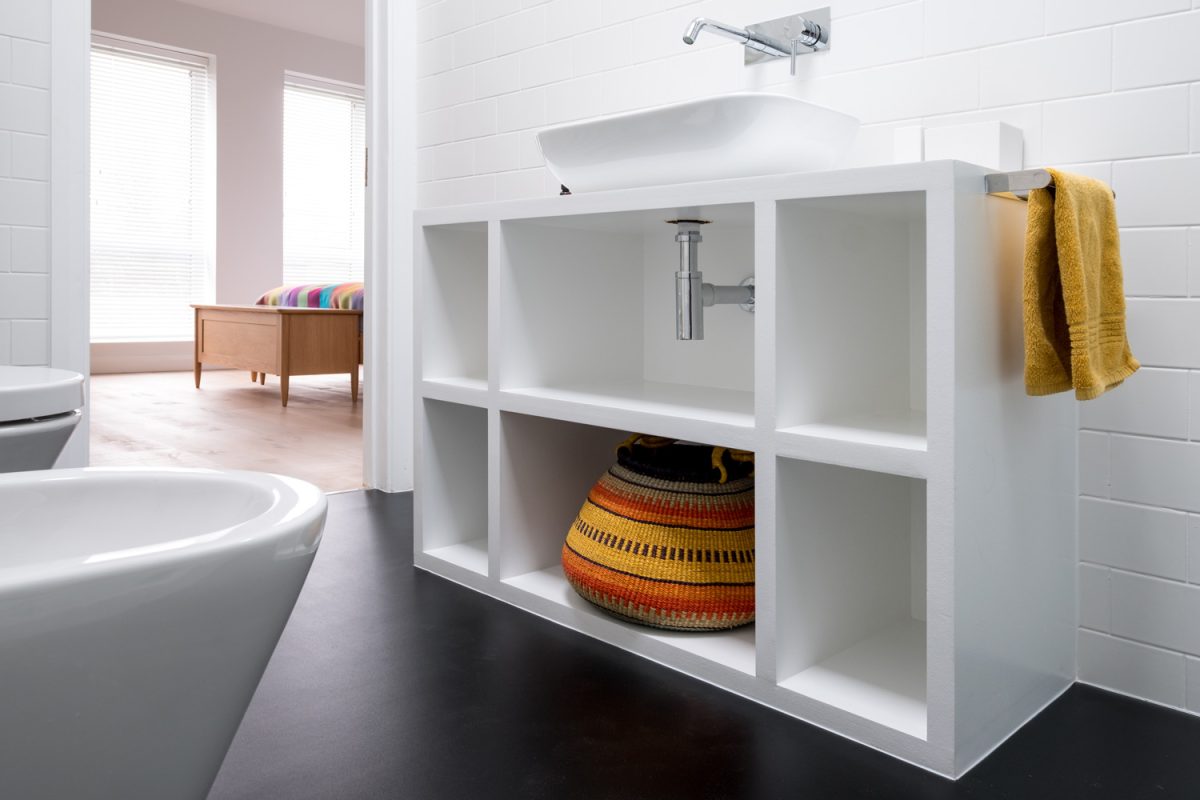
Vinyl flooring is good for bathroom floors since they are generally waterproof and moisture-resistant. They also have a neutral tone that can blend well with your bathroom interior.
Vinyl Flooring for the Kitchen
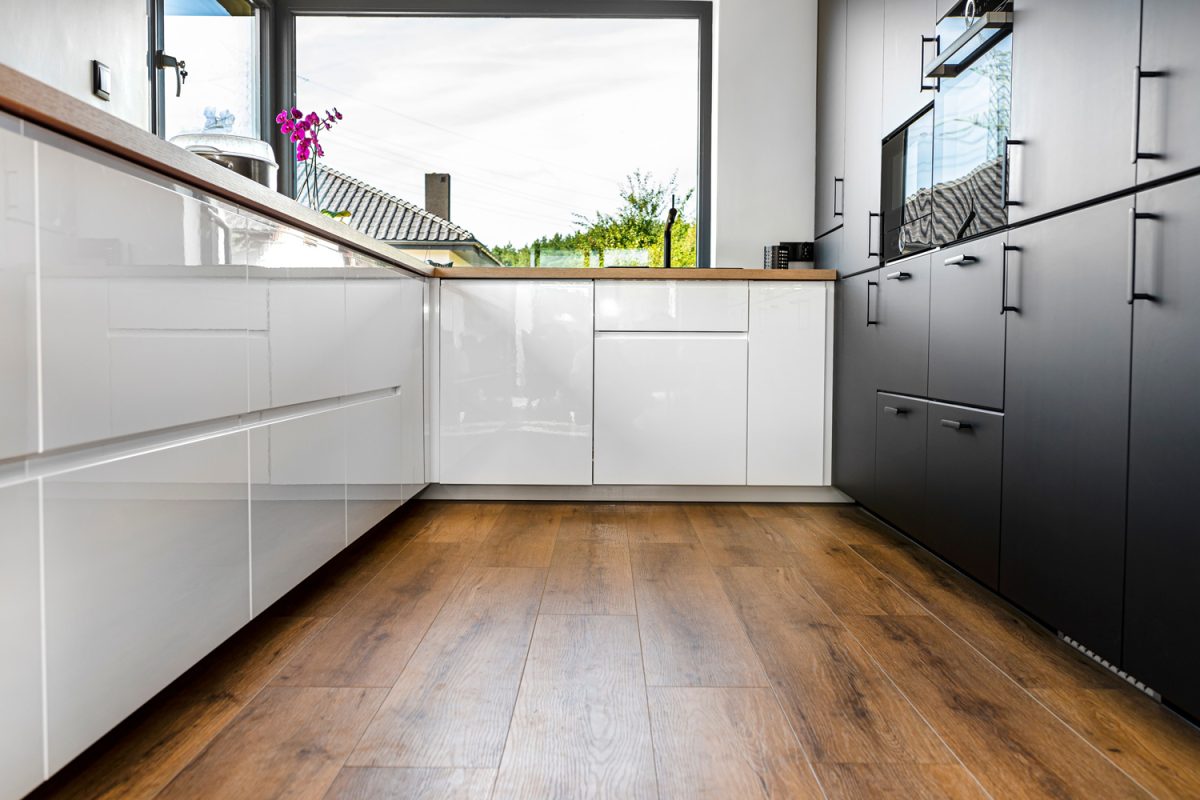
Vinyl flooring works great with kitchens, especially visually. The warm-toned flooring adds warmth to the space, and it ties up the interior neatly with its neutral color.
Vinyl Flooring for the Living Room
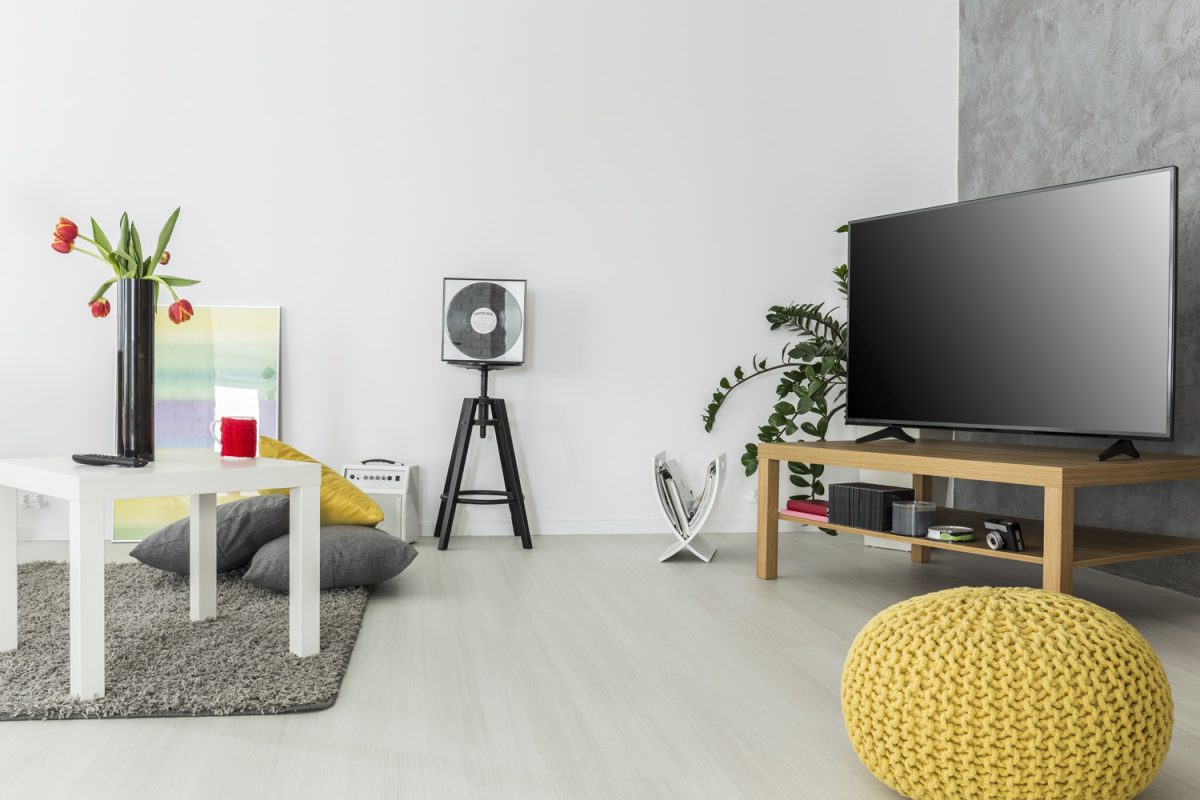
Living rooms are high-traffic areas, and vinyl flooring is known to handle them well. They are also visually pleasing, adding to their overall appeal.
Final Thoughts
You can transform the look of your living space simply by repainting or staining your vinyl flooring. Make sure to maintain it so the floor can make your room functional and visually pleasing for a long time.



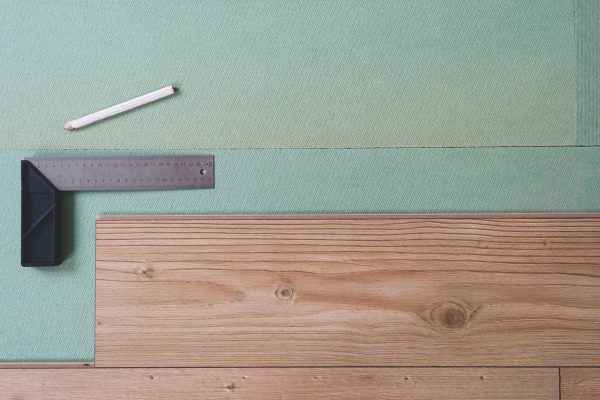
![Laminated flooring planks to be installed in a modern room, Can You Install Vinyl Plank Flooring Backward? [And How To!]](https://houseunderfoot.com/wp-content/uploads/2022/10/Laminated-flooring-planks-to-be-installed-in-a-modern-room-600x400.jpg)
